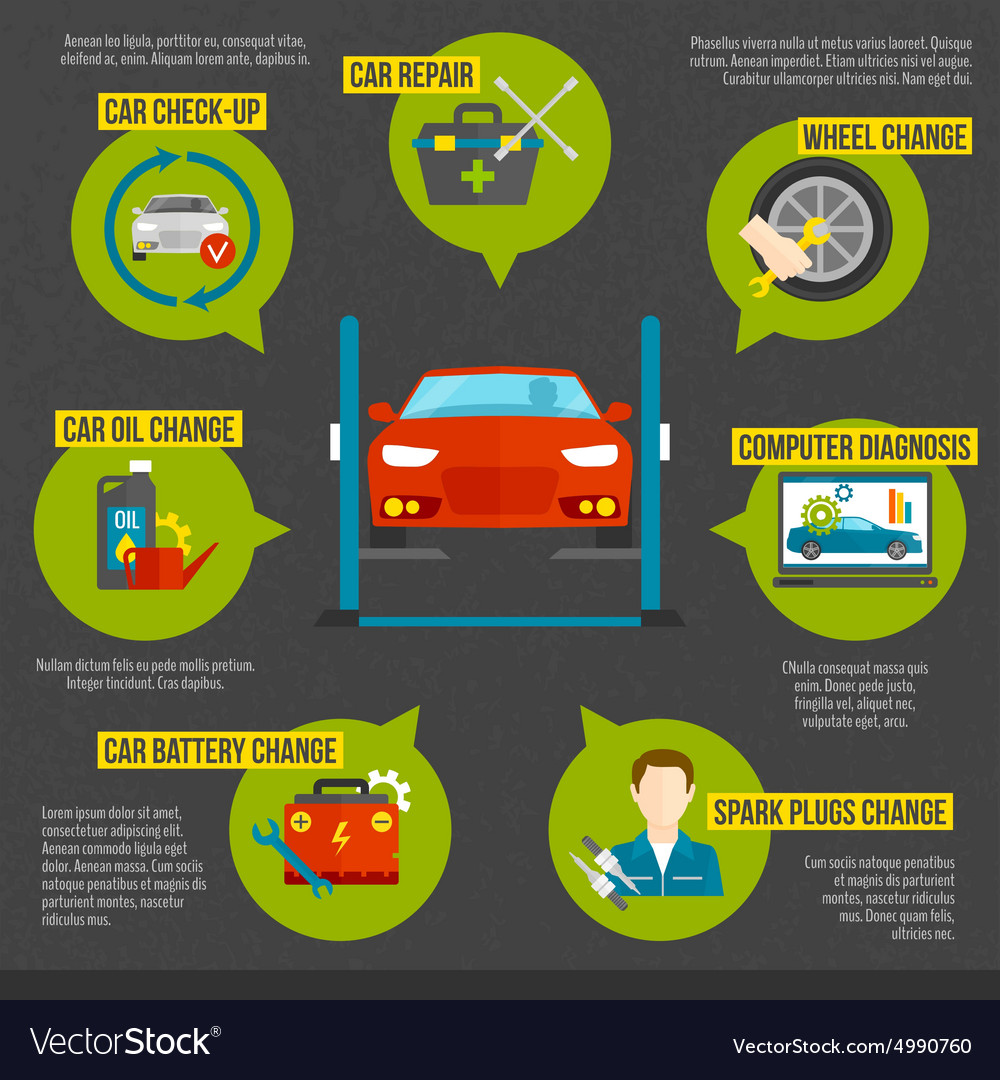Examining Your Cars And Truck'S Warning Indicators: What They Truly Convey
Examining Your Cars And Truck'S Warning Indicators: What They Truly Convey
Blog Article
Material Author-Lim Stark
When you lag the wheel, those glowing caution lights on your dashboard can be a little bit perplexing. Do you recognize what they're attempting to inform you regarding your automobile's health and wellness? Comprehending the value of these lights is important for your safety and the durability of your lorry. So, https://connerkezuo.loginblogin.com/39165519/the-ease-of-mobile-auto-describing-changes-your-car-s-appearance-yet-is-it-as-effective-as-conventional-methods-discover-the-fact-behind-this-service following time among those lights pops up, would not you wish to understand its message precisely and take the needed actions to address it?
Common Caution Lighting and Interpretations
Recognize typical caution lights in your car and recognize their definitions to guarantee safe driving.
One of the most common warning lights include the check engine light, which indicates problems with the engine or emissions system. If this light comes on, it's vital to have your car examined without delay.
The oil stress cautioning light suggests low oil pressure, requiring immediate focus to avoid engine damages.
A flashing battery light could suggest a damaged billing system, potentially leaving you stranded if not addressed.
The tire stress surveillance system (TPMS) light informs you to reduced tire stress, impacting lorry security and fuel effectiveness. Neglecting this could lead to unsafe driving conditions.
The abdominal muscle light indicates a problem with the anti-lock braking system, compromising your capacity to quit rapidly in emergency situations.
Last but not least, the coolant temperature alerting light warns of engine overheating, which can cause extreme damage otherwise resolved quickly.
Comprehending these typical caution lights will certainly aid you resolve issues without delay and maintain risk-free driving problems.
Relevance of Prompt Interest
Comprehending the common warning lights in your automobile is just the initial step; the relevance of promptly dealing with these cautions can't be highlighted sufficient to guarantee your safety when traveling.
When a caution light illuminates on your dashboard, it's your car's way of communicating a prospective problem that requires interest. Disregarding these cautions can lead to much more severe problems down the road, compromising your safety and potentially costing you a lot more in repairs.
Prompt interest to alerting lights can prevent failures and mishaps. For instance, a blinking check engine light can suggest a misfire that, if left ignored, could cause damages to the catalytic converter. Resolving Highly recommended Web-site can conserve you from a pricey repair.
Likewise, a brake system cautioning light might indicate low brake liquid or used brake pads, crucial parts for your security when driving.
DIY Troubleshooting Tips
If you discover a warning light on your dashboard, there are a couple of DIY repairing tips you can try before looking for expert assistance.
The first step is to consult your car's handbook to comprehend what the certain caution light indicates. Sometimes the issue can be as simple as a loose gas cap triggering the check engine light. Tightening up the gas cap might deal with the problem.
Another usual issue is a low battery, which can activate different alerting lights. Checking the battery connections for corrosion and guaranteeing they're safe and secure could deal with the problem.
If a warning light continues, you can try resetting it by separating the automobile's battery for a few mins and after that reconnecting it. Additionally, inspecting your car's liquid degrees, such as oil, coolant, and brake fluid, can help fix alerting lights associated with these systems.
Final thought
Finally, comprehending your auto's caution lights is vital for keeping your vehicle running efficiently and securely. By without carwashdetailingauckland resolving these alerts and understanding what they mean, you can avoid costly repair work and possible failures.
Remember to consult your auto's handbook for specific details on each alerting light and act accordingly to ensure a hassle-free driving experience.
Remain notified, stay safe when driving!
